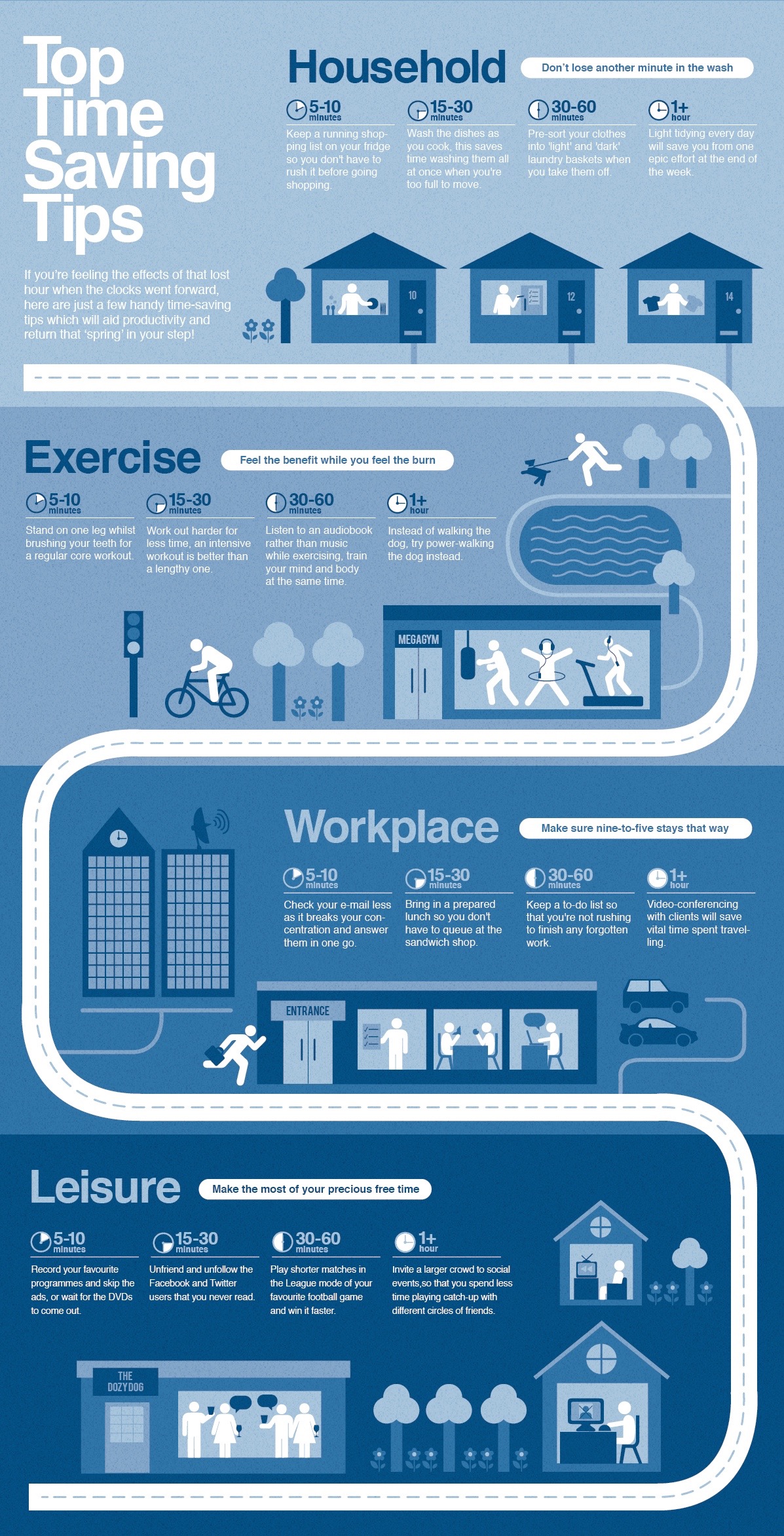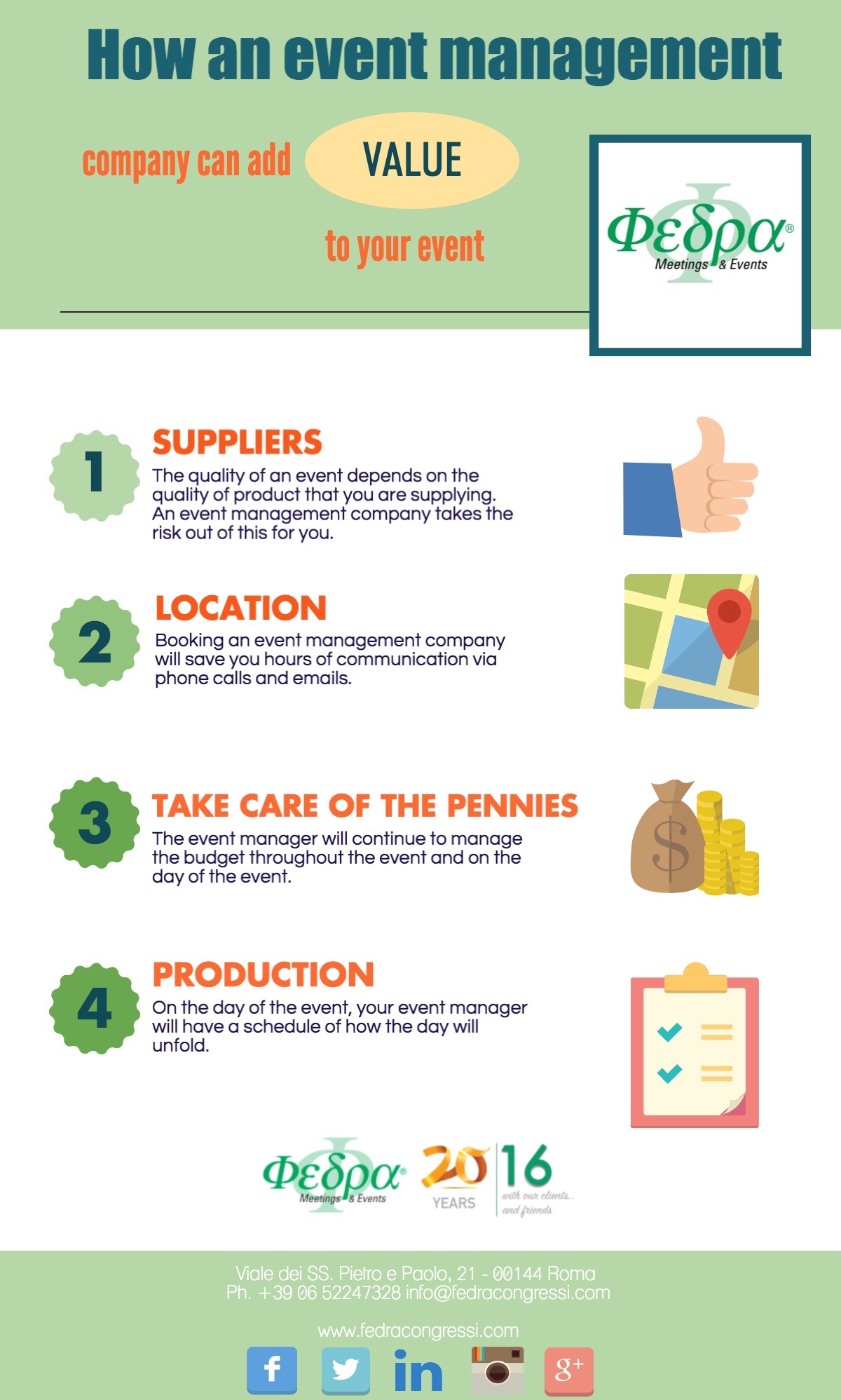When it comes to traveling for business, you can take some simple steps to stay ahead of the game.
Preparedness and planning are you best weapons.
With a well thought out, but simple plan of attack, it’s easy to avoid a large number of the plights and pitfalls that many travelers fall victim to.
When packing for your business trip, the biggest thing you can do is to decide what needs to go with you, and what can stay at home.
We prepared a list of thing you must not forget when you get prepared for a business trip:
![Your Go-To Business Trip: Packing Tips [infographic]](https://www.fedracongressi.com/fedra/wp-content/themes/avant/images/blank_blocks_img.png)







